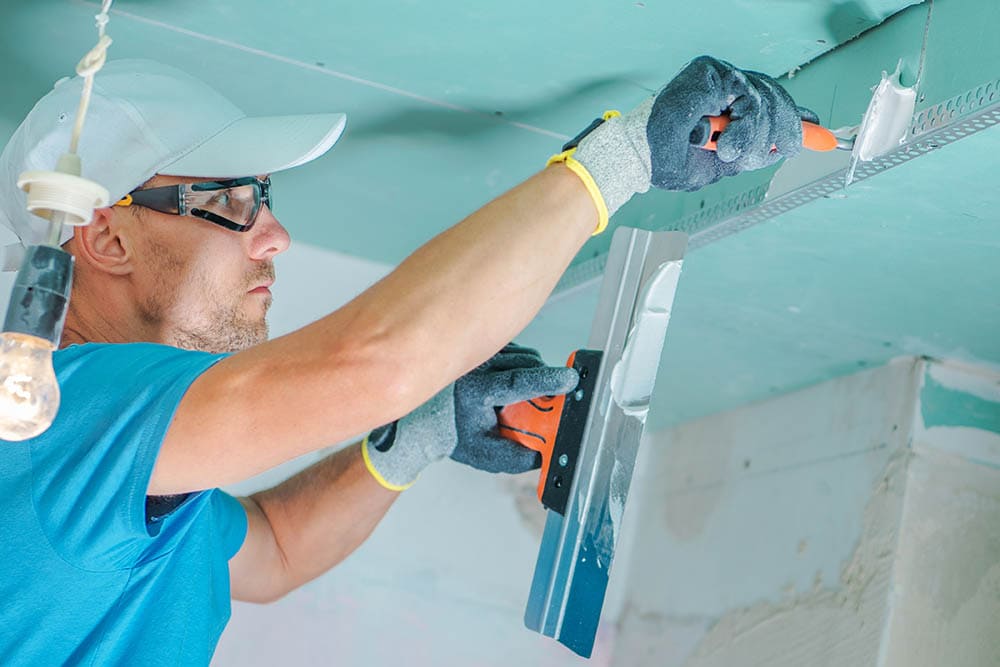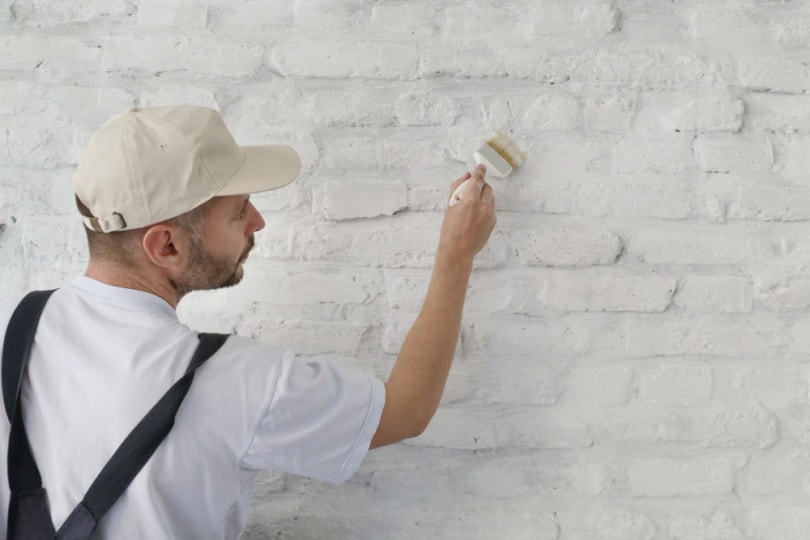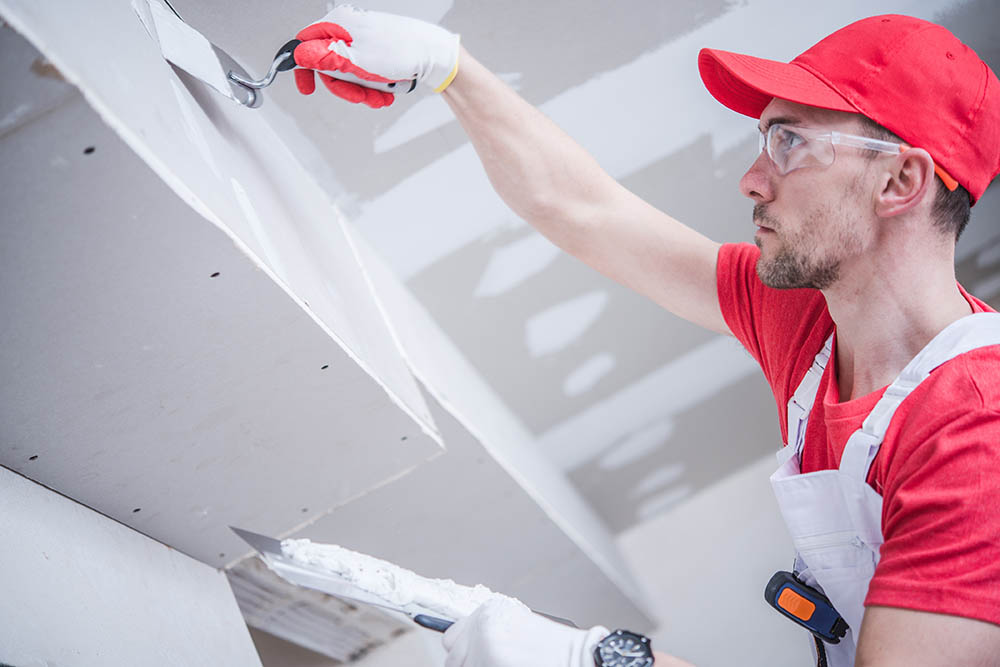Is It Okay to Paint Basement Walls? Tips & Preparation
-
Pete Ortiz
- Last updated:

So, you are thinking of painting the walls in your basement. If they are finished with drywall, they will be like most other walls in your home. Adding some color will make the space feel cleaner and more inviting. If the walls are concrete, however, there are steps you need to take to ensure that the project is done properly. Otherwise, you may create or run into problems later. Here are some things you need to know before putting paint on your basement walls.
Drywall
If your basement is finished with drywall, you can paint the walls just like any other wall in your home. Since rooms in the basement are exposed to humidity and moisture, use a high-quality acrylic latex paint and latex primer. Glossy paint will give your walls an excellent finish and resist moisture.
Foundation Walls
If the walls in your basement are not drywall, they are block, concrete, or brick foundational walls. The foundation walls in your basement allow humidity and moisture into the basement of your home. The type of paint and the process for painting these walls are different than the other walls in your home. It will require some work to ensure it is done properly. In addition to making the area look cleaner and brighter, you will be improving the moisture in the walls.

- Check for condensation¹. There are times when you may notice moisture on your basement walls. Since they are below grade, they are susceptible to humidity and dampness. Insulating pipes, ventilating the room, or installing a dehumidifier can help to reduce the moisture in your basement.
- Do you have groundwater seepage? You may need to fix or replace your gutters. Patching holes and sealing the interior walls may help to limit the water and moisture coming in through the walls. If the seepage is in excess, however, you may need to consult with a drainage specialist.
- Inspect your walls for mold. You may want to hire a professional if you find mold in your basement. Mold breeds in damp places and can affect your family’s health¹.
Once your basement walls have been checked and any issues are corrected, you can prepare to paint.
- With a wire brush, remove loose paint and mortar. Here are the instructions¹ for this process.
- Repair¹ any cracks in the walls with patching cement.
- Applying a waterproof primer will depend on the condition of your walls and the color of paint you are using. Primer will help to lessen the appearance of the brick or concrete when you use a lighter shade of paint.
- Once you have applied the primer and it dries, you can paint the walls. Be sure to use paint¹ that is specifically for basement walls.

What Kind of Paint to Use On Basement Walls?
Moisture and mold are common problems in basements. You will need to use a paint that sticks to foundation walls and dries well. Masonry and concrete paint will withstand chipping, moisture, and mold. Homeowners tend to lean toward earth tones or natural colors for their concrete walls. If natural colors aren’t for you, you can paint the foundation with other colors¹. It is entirely up to you.
Conclusion
As you can see, painting a basement wall is a bit more involved than choosing the color of paint. It will require some inspection and preparation. In most instances, the job can be done by a DIYer. There are times when a professional may be the better option. It will depend on the condition of the walls and your budget. Happy painting!
- See Also: 25 Types of Trees in California
Featured Image Credit: Virrage Images, Shutterstock
Contents


